An hour after the propeller plane lifts away from Wilson, Nairobi’s regional airport, it is arching over the blues and greens of the Lamu archipelago; a pattern of islands that extend 130 kms to the Somali border. Views of Lamu, which is also the name of the island and the stone town, have the dreamlike quality of an acid trip; the candy-pink minaret of the main mosque rising over coralline houses in the oldest, continuously inhabited, settlement on Kenya’s Swahili coast. And beyond the hazy shoreline, confetti-scatterings of white are the dhows that powered the fortunes of this former hub and deep-sea port. These criss-crossed the Indian Ocean on seasonal monsoon trade winds swapping ivory and slaves from the African hinterland for silks and spices from India, Yemen and Oman. The mercantile, cultural and societal cross-fertilization went on until the early 1900s, when the abolition of slavery led to the collapse of the surrounding plantations and Lamu fell into obscurity.
Skyward Express scoots low, hardly ruffling the statue-like composure of an egret beside the runway. With our hold luggage deposited by handcart onto a grassy verge at the terminal shack, barefoot boatmen, keen to make a shilling, jostle to feed the bags onto the gondolas waiting at the pier. “Plus, ça change” says a French jeweler and Lamu returnee, a fellow passenger fumbling for small notes. “It is always the same; always a transaction moving from A to B.” Without tarmacked roads, nor cars, getting around is slow; on foot, occasionally on the back of a Manda Island piki-piki (motorbike), by donkey or dhow. The same solid handcrafted dhows with almond-shaped hulls and triangular lateen sails that fuelled the slave trade still work their cargo of fish, mangrove wood and coral rag for the construction boom. Our water-bound “Uber,” with kanga-covered cushions, moves at the sedate pace of Cleopatra’s barge in low tide – “pole pole” as they say – shucking its way around the emerging sand backs and new mangrove stubble; cleaving through water as glossy and opaque as the local rock oysters. Then there is the unceremonious decanting of man and bags at Shela’s main beach. Beneath the shaded pier; a few donkeys are asleep standing up, whilst elders in kozia pillbox hats have spread themselves out on makuti mats to shoot the breeze, to pray and to follow the Chelsea score on their mobile phones.
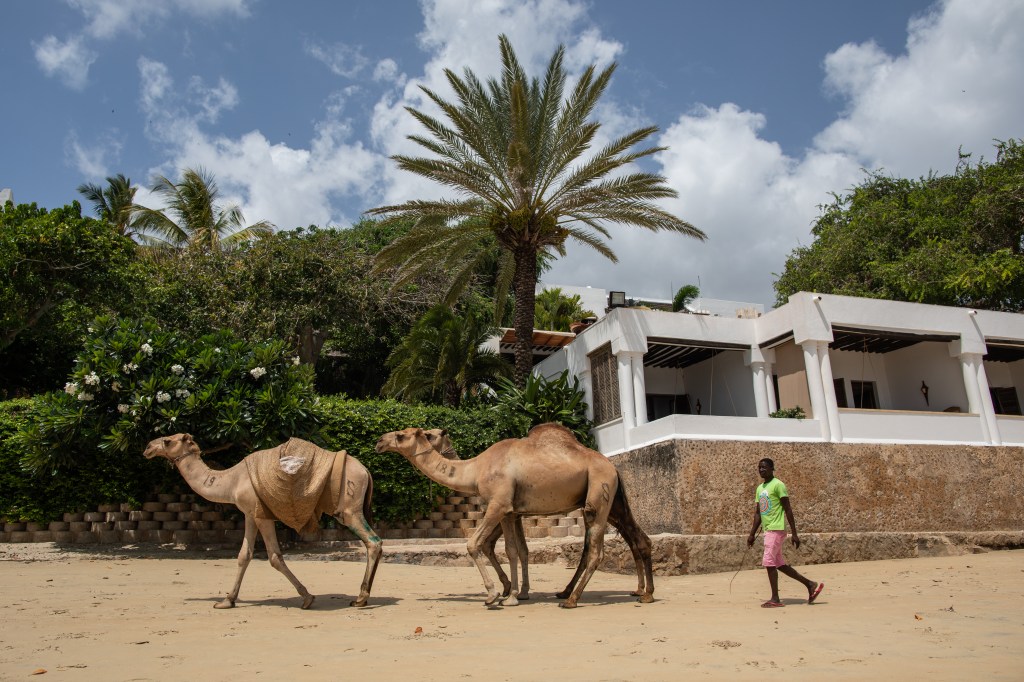
I have been coming to Shela, the small fishing outpost and escapists’ enclave near Lamu Town, for decades. The otherworldly strangeness of the place was always part of the allure. I considered it a privilege living cheek by jowl within this strongly Islamic community, where houses backed – and still do – onto sandy alleyways or onto other houses without window-glass or proper doors so that you can hear a baby sigh, a donkey hee-haw or the 5am call to prayer. For me, Shela, in back of beyond, has always exuded a kind of mystique, even glamor, conjured on that first visit by a vision of the so-called “London It-Girl” of her generation, Lady Liza Campbell, wandering barefoot down the endless, empty beach. Walking beside an equally tawny, Tarzan-like husband, Willie Athill, with their baby clinging to her back, this was an image of marriage, motherhood and freedom that I aspired to, and we became friends. They’d occasionally make the expedition from their makeshift fishing camp in the remote reaches of the archipelago to Shela, for a shower, and catch some idle island chit-chat at the legendary hotel and watering hole, Peponi.
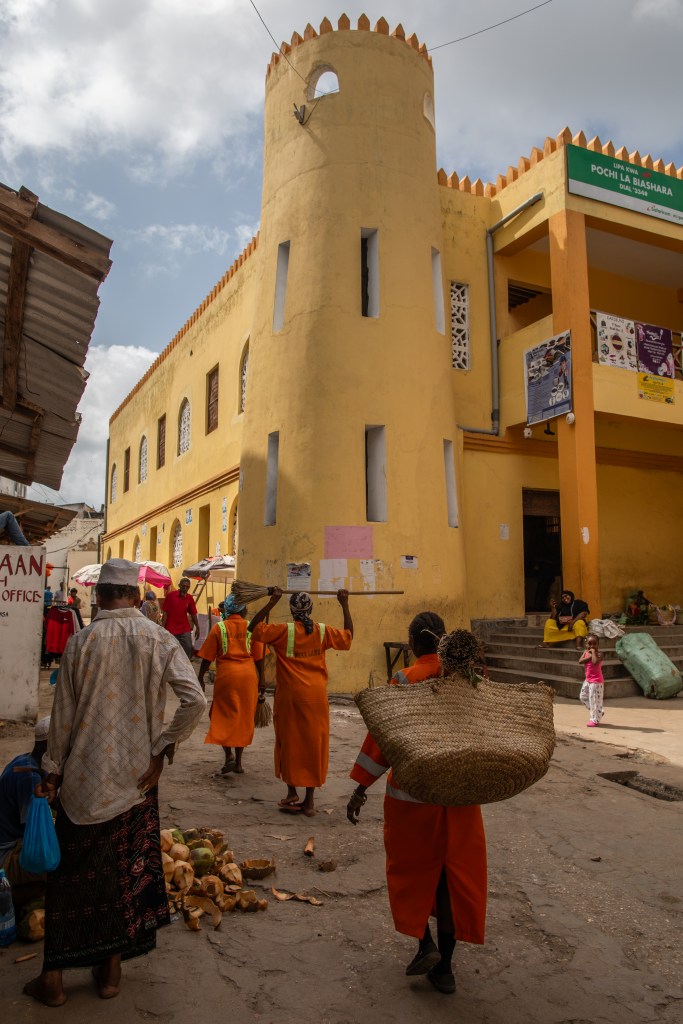
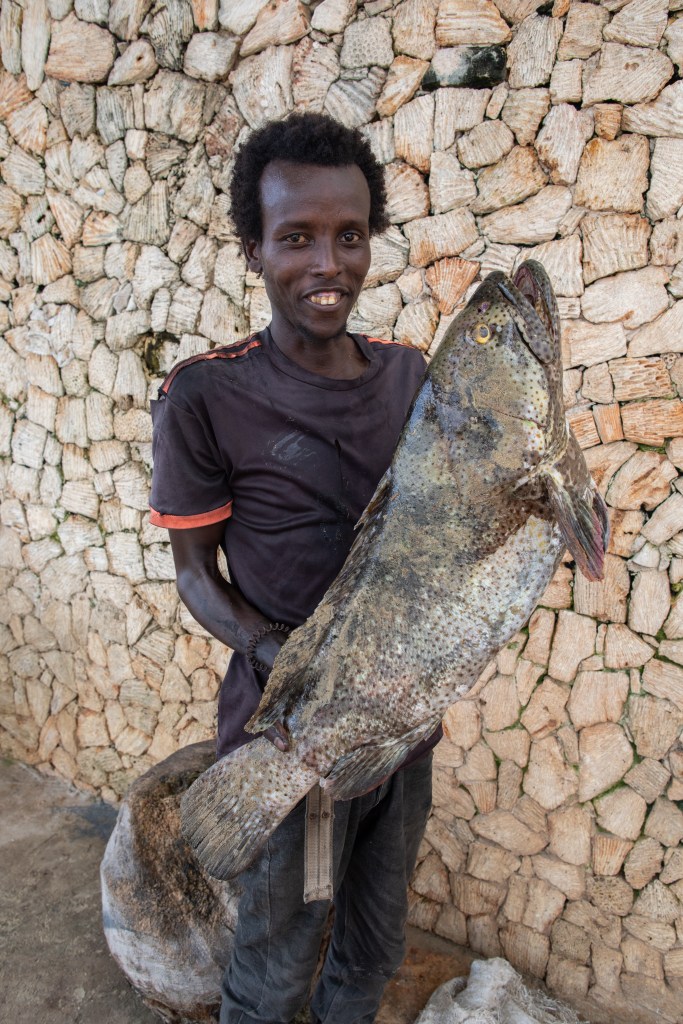
Peponi remains a most vivid landmark on the skyline, against ranked series of dunes and the endless beach, a bolt of gauzy white-gold, unspooling to the distant horizon. The terraces of the 1930s structure strain at the awnings that overhang the tideline, like a ship in full sail, even if the addition of an upper-level last year, fairy lit, is more cruise-liner than dhow. Today, we are staying at the venerable Moonhouse villas behind the hotel, Mama Daktari, with lovely terraces overlooking the sea and the leafy gardens that once belonged to Anne Spoerry, the original Flying Doctor. It is still in family hands. But it’s to Peponi we all descend, for the only decent drink in town.
I recognize some familiar Notting Hill faces in the the kikois and loose shirts that are a hangover from a former Peponi era, when the dress code was ordained by the late Lars Korschen, the charismatic owner of the hotel. He wore his own hand-woven Somali kikoi and faded, oft-torn linens with stylish insouciance – mostly to discourage the fishermen in caps and sweaty board shorts at the bar. Today, amidst lingering old-school riff-raff and rogues, the space is filled with a younger, shinier crowd drinking caipirinhas, listening to a different playlist directed by Korshen’s smilingly efficient thirty-year-old daughter, Kaila, at the helm.
Mr Babu English, as ever elegant in panama and starched kanzu, looks up from his backgammon board to welcome me back; he’s got me, he says, the perfect rental. Is it Falcon on Ras Kitau? I ask, or the charming Bembea tower beside the dunes? The revamped Dhow House? For there are indeed some sensational houses to stay in Shela, if you manage to have the ear of the owner. Babu won’t yet be drawn.
By the second margarita however, we are into more serious issues: Lamu’s successful bid in 2019 to prevent the building of a giant coal plant has just been reversed. Ask any regular or expat at Peponi and they’d tell you that the coal plant would spell disaster for the island’s fragile ecological status quo, which is challenged by burgeoning populations, drought, deforestation, dwindling fresh water sources and a challenged wildlife.
A few decades ago, tales of elephants skidding down the sand dunes at Kiwayu were not apocryphal; in the early 1980s there were some 26,000 pachyderms roaming the county. Now, according to Save the Elephant, only a shockingly small number, 300 max, remain. There are other elephants in the room; the multi-billion dollar, recently constructed, deep-sea port ; a blight on the horizon, casting a sodium glow that extinguishes those once blazing starlit night skies. Locals blame it for the degradation of fish stocks among other ills. Certainly, the industrial units and docks, which still stand empty, make a farce of governmental predictions for an economic and tourist boom that was to follow in the wake of LAPSETT’s promised, improved transport links.
Meanwhile, the outer reaches of the archipelago remain on the UK and USA “red list”, somewhat incomprehensibly, given the high levels of security in the area, due to the isolated Al Shabab incidents over a decade ago. Lamu’s Old Town, Shela and Manda Island are “safe-to-visit- zones.” Manda Bay Lodge on the latter’s northern tip, remains still almost the only luxury hideaway on the island; some 22 palm-frond bandas on an idyllic stretch of beach and creek, with a private dhow to explore the pristine inlets and reefs of these remote seas and marine reserve, where an astoundingly untampered wilderness waits to be discovered.
The luxury here is living close to nature in its rawest state; paddle-boarding down the mangrove creeks before breakfast with only kingfishers for company, being able to potter around Manda Toto island on foot without seeing another soul. There’s also the healing oxygenated energy and a clarity of the light in a place without doors or windows to filter the pleasure. You are, literally, rinsed clean, by tides and the kaskazi breezes. On Lamu island, this kind of exposure to nature on a daily basis attracts growing numbers of community-minded conservationists and philanthropists as well as the obligatory colonies of healers, yogis and mystics. Every morning, back in Shela, I swim with one of them, a Norwegian self-styled “reader of souls” called Annette Sturk, through the unpolluted waters of the mangrove channels. She may be on every visiting A-Lister’s speed dial as a sought-after clairvoyant, but she insists on living off-grid, on a self-built hut on stilts, deep in the mangrove forests where the weekly commute to get her supply of water takes half a day round-trip. On the high tide, with her anchor chain draped around her neck, we drift on the current that pours into the open channel at Ras Kitau, drawing a waft of jasmine and the odd surfacing turtle in our wake. Sand banks speckled with waders extend to the palm-tree studded glamorous confines of The Majlis. Expats complained when it was built, but more squeamish visitors who find the donkey dung and ramshackle charm of Shela too much are pleased to beat a retreat to this beautifully designed, if slightly undermanaged resort, with its giant pool beside a refitted Indian temple; to get their sushi fix, to lie in the only air-conditioned rooms on the island or to enjoy a hot stone massage and bikini wax in the immaculate new spa pavilion.
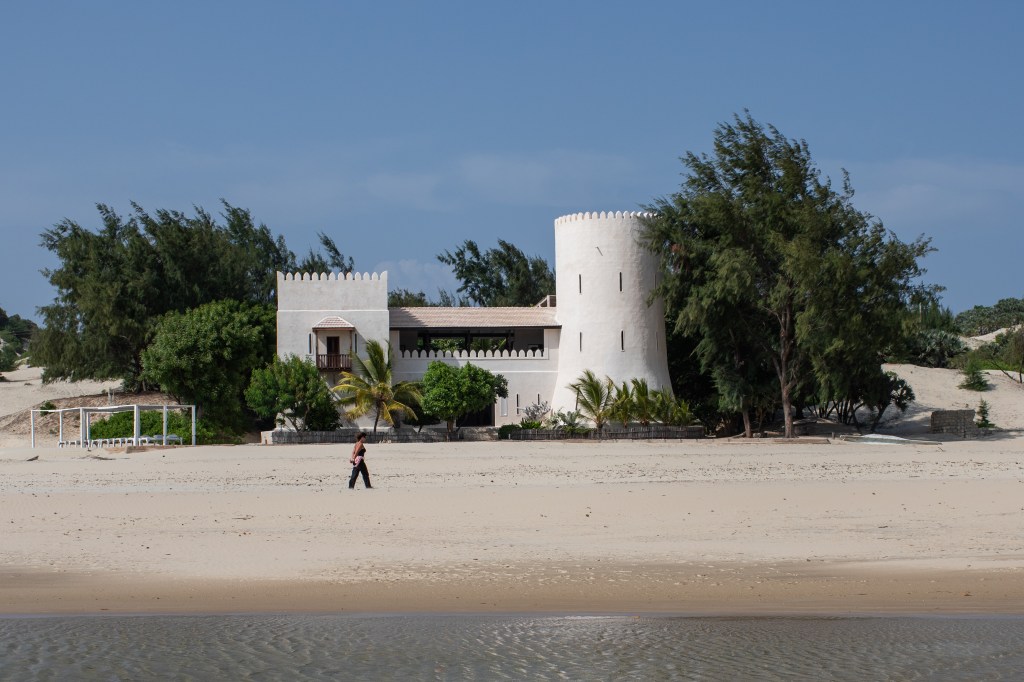
But I am headed further down the beach, to seek out Marcella Anselmetti and her gongs beneath a 700-year baobab tree. This is sound therapy, which is said to heighten the sense of being alive and being connected to planet earth as if, just being in Lamu weren’t enough.
Yet, inevitably, for all the gongs and private swims, there will come a time when small town mentality becomes claustrophobic. Then it’s time to break for the hills, when the temperate climate of a metropolis like Nairobi can seem like a balm. The gated community of The Social House in the leafy neighborhood of Lavington is another form of therapy. For, in complete contrast to the mad chatter and clatter of the rumor-mill of Peponi, here, in the hushed tranquillity of the Courtyard bar and garden, you’re handed an easel, a paint palette, a cocktail for a peaceful afternoon of ‘Sip and Paint’. It’s an innocuous way of bringing people together, I guess; in a world away from the Lamu dream.



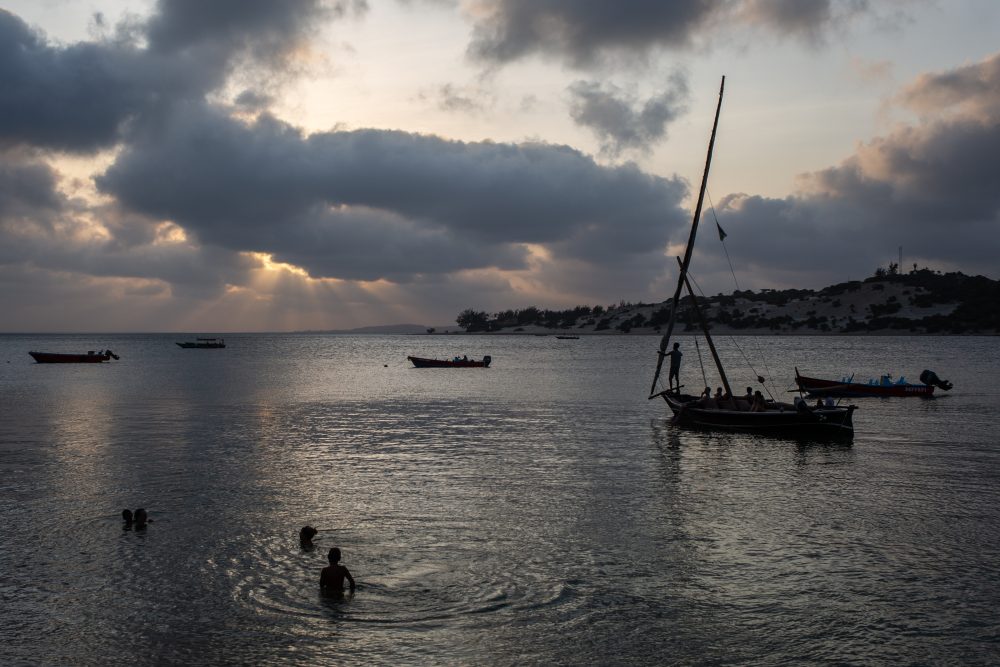






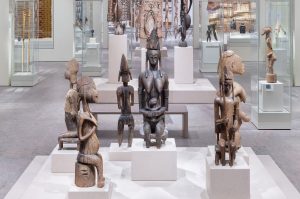

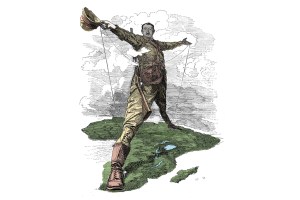



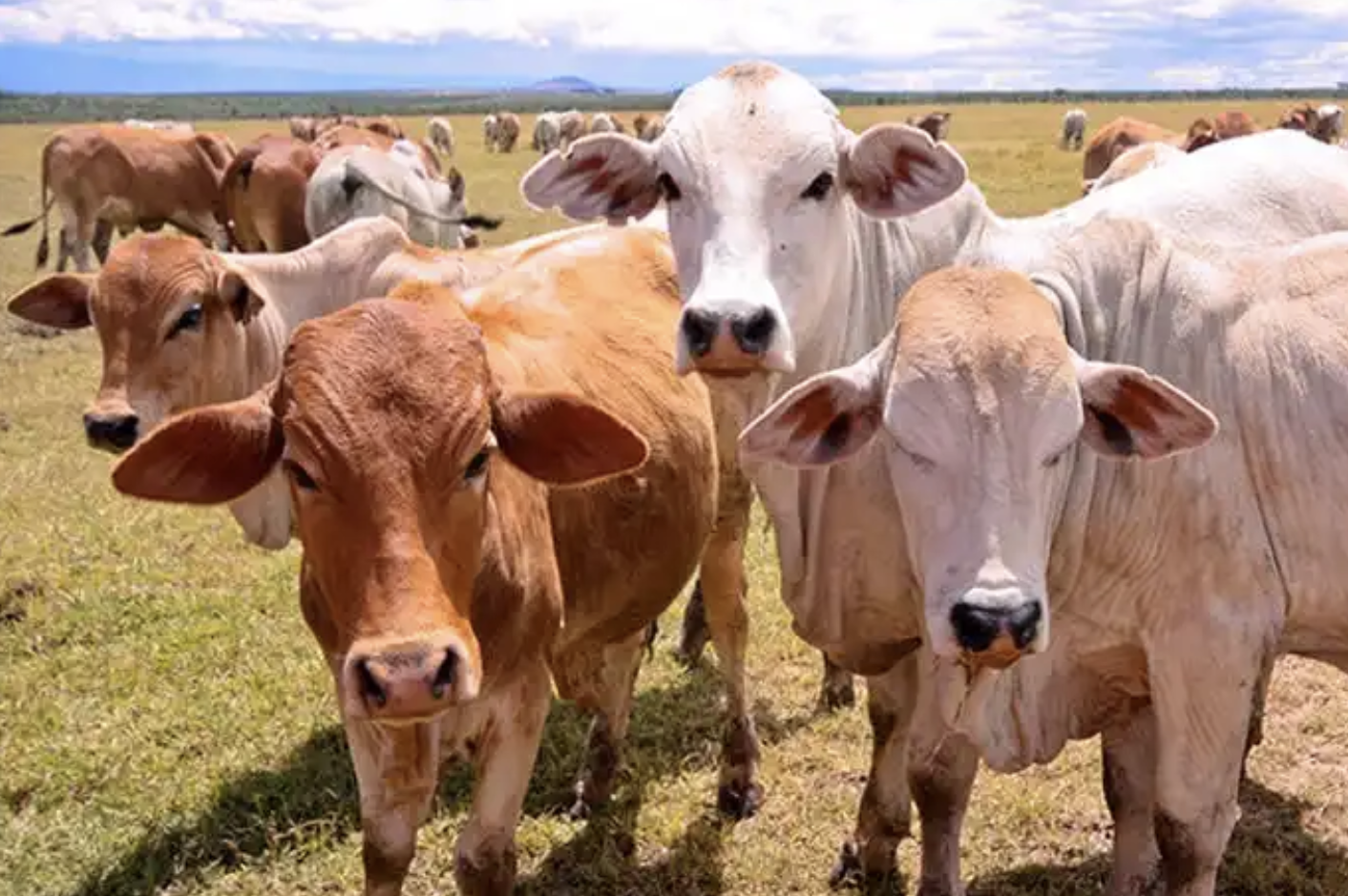






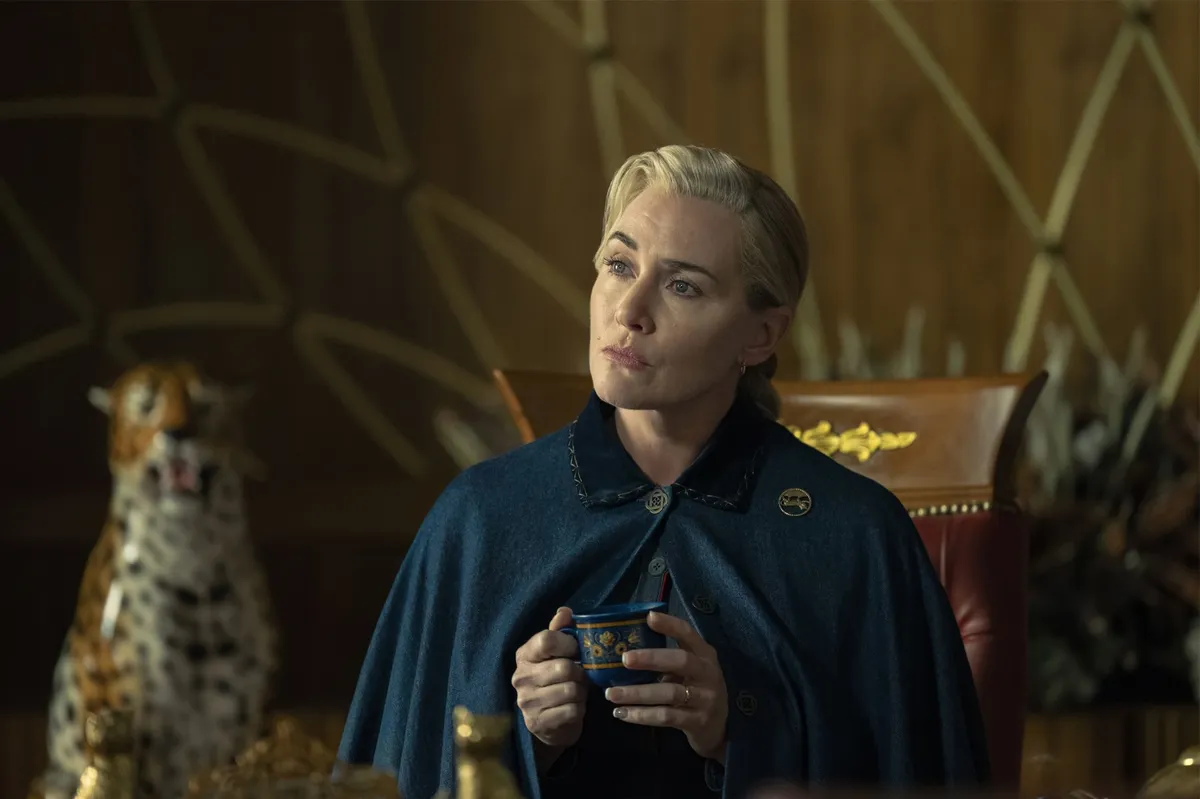


Leave a Reply